When it comes to flooring options, ceramic and porcelain tiles are two popular choices for businesses across various industries. Both types of tiles offer durability, versatility, and a wide range of design options. However, understanding their key differences is crucial in order to make an informed decision based on your business’s unique needs. In this article, we will compare ceramic tiles to porcelain tiles, highlighting their pros and cons to help you select the best option for your business. 1. Composition and Manufacturing Process: Ceramic Tiles: Ceramic tiles are made from a mixture of clay, minerals, and water. These components are molded into the desired shape and then fired at high temperatures to create a hardened, durable tile. Ceramic tiles are usually less dense than porcelain tiles, making them easier to cut and install. Porcelain Tiles: Porcelain tiles are made from a more refined type of clay, combined with other minerals. They go through an additional manufacturing process, where the materials are pressed under extreme pressure and fired at even higher temperatures. This process results in a denser, harder, and more water-resistant tile compared to ceramic tiles.
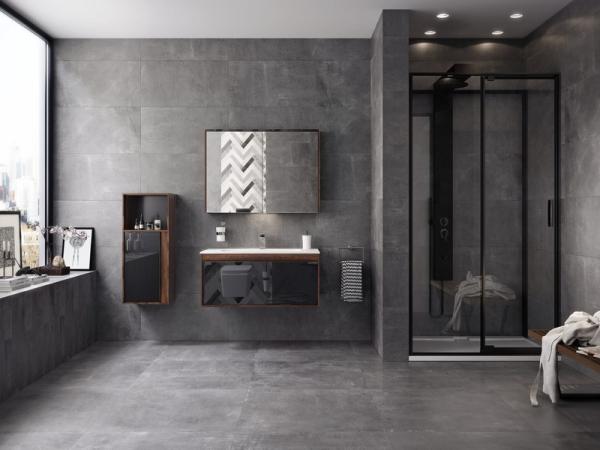
.
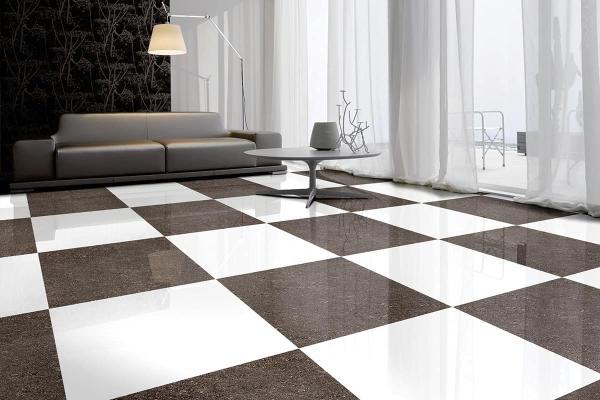 2. Durability and Resistance: Ceramic Tiles: Ceramic tiles are known for their durability and resistance to scratches. However, they are more prone to chipping and cracking, especially when subjected to heavy impacts or pressure. Additionally, their porous nature makes them more susceptible to water absorption, which may require sealing in certain applications. Porcelain Tiles: Porcelain tiles are extremely durable, making them ideal for high-traffic areas. They are highly resistant to chipping, scratching, and staining. Porcelain tiles also have excellent water resistance due to their low water absorption rate, which makes them suitable for areas exposed to moisture such as kitchens, bathrooms, and outdoor spaces. 3. Design and Appearance: Ceramic Tiles: Ceramic tiles offer a wide range of design options. They can be glazed or unglazed and come in various shapes, patterns, and colors.
2. Durability and Resistance: Ceramic Tiles: Ceramic tiles are known for their durability and resistance to scratches. However, they are more prone to chipping and cracking, especially when subjected to heavy impacts or pressure. Additionally, their porous nature makes them more susceptible to water absorption, which may require sealing in certain applications. Porcelain Tiles: Porcelain tiles are extremely durable, making them ideal for high-traffic areas. They are highly resistant to chipping, scratching, and staining. Porcelain tiles also have excellent water resistance due to their low water absorption rate, which makes them suitable for areas exposed to moisture such as kitchens, bathrooms, and outdoor spaces. 3. Design and Appearance: Ceramic Tiles: Ceramic tiles offer a wide range of design options. They can be glazed or unglazed and come in various shapes, patterns, and colors.
..
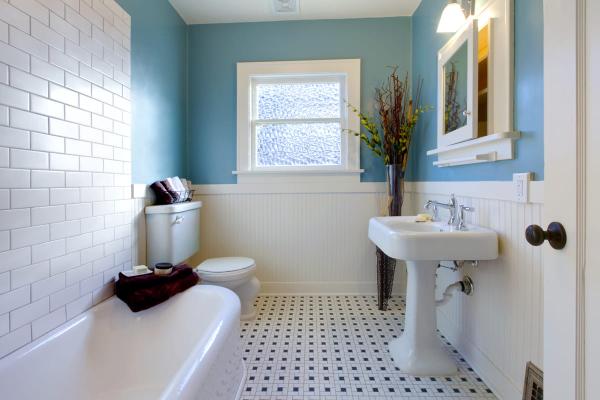 The glazing process provides an additional protective layer, offering enhanced resistance to stains and fading. Ceramic tiles are often chosen for their artistic appeal and versatility. Porcelain Tiles: Porcelain tiles can imitate the look of natural materials such as wood, stone, or marble, offering a high-end aesthetic for your business. They are available in a multitude of sizes, finishes, colors, and textures. Unlike ceramic tiles, porcelain tiles can have through-body color, meaning the color extends throughout the entire tile thickness, making any chips or scratches less noticeable. 4. Price: Ceramic Tiles: Ceramic tiles tend to be more affordable compared to porcelain tiles, making them a budget-friendly option for businesses. However, prices can vary depending on factors such as size, quality, and design.
The glazing process provides an additional protective layer, offering enhanced resistance to stains and fading. Ceramic tiles are often chosen for their artistic appeal and versatility. Porcelain Tiles: Porcelain tiles can imitate the look of natural materials such as wood, stone, or marble, offering a high-end aesthetic for your business. They are available in a multitude of sizes, finishes, colors, and textures. Unlike ceramic tiles, porcelain tiles can have through-body color, meaning the color extends throughout the entire tile thickness, making any chips or scratches less noticeable. 4. Price: Ceramic Tiles: Ceramic tiles tend to be more affordable compared to porcelain tiles, making them a budget-friendly option for businesses. However, prices can vary depending on factors such as size, quality, and design.
…
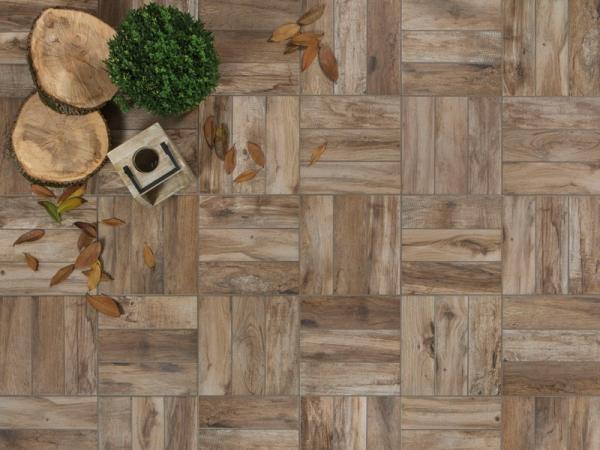 Porcelain Tiles: Porcelain tiles are generally more expensive than ceramic tiles due to their higher manufacturing costs and superior durability. However, their long-term benefits in terms of longevity and resistance to wear and tear often outweigh the initial investment. Conclusion: Choosing between ceramic tiles and porcelain tiles ultimately depends on the specific requirements of your business. While ceramic tiles are a more cost-effective and versatile choice, porcelain tiles offer superior durability and water resistance. By understanding the differences in composition, durability, design options, and cost, you can make an informed decision that aligns with your business’s needs, aesthetics, and budget.
Porcelain Tiles: Porcelain tiles are generally more expensive than ceramic tiles due to their higher manufacturing costs and superior durability. However, their long-term benefits in terms of longevity and resistance to wear and tear often outweigh the initial investment. Conclusion: Choosing between ceramic tiles and porcelain tiles ultimately depends on the specific requirements of your business. While ceramic tiles are a more cost-effective and versatile choice, porcelain tiles offer superior durability and water resistance. By understanding the differences in composition, durability, design options, and cost, you can make an informed decision that aligns with your business’s needs, aesthetics, and budget.
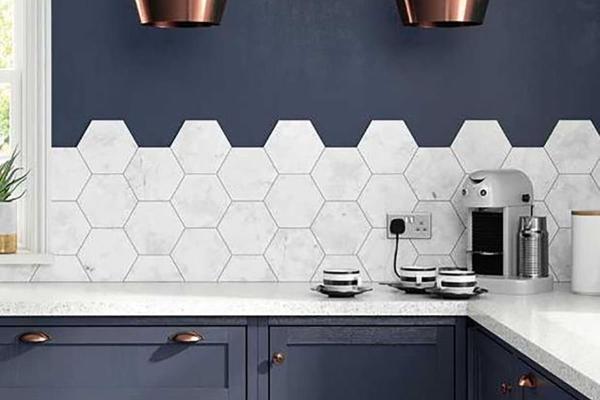
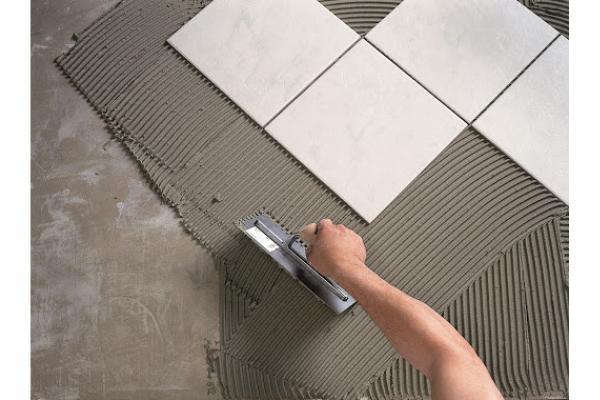
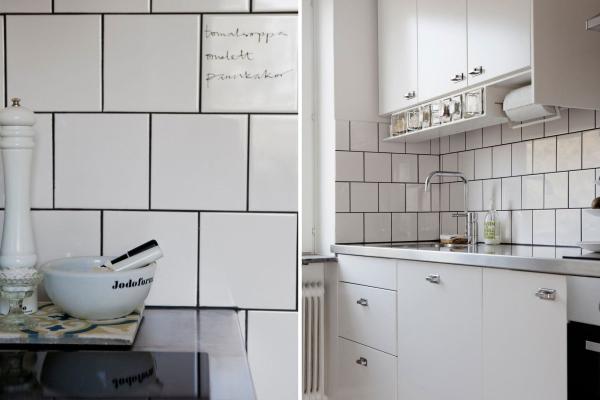
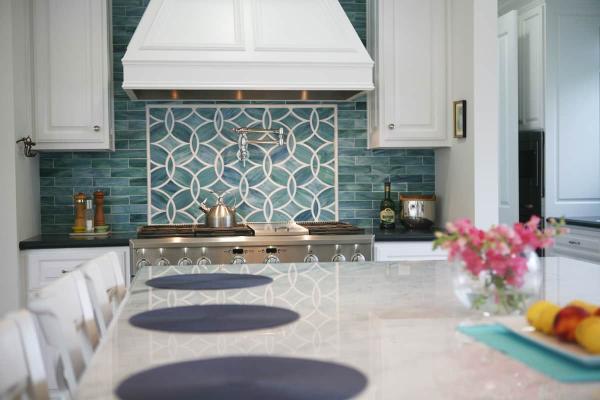
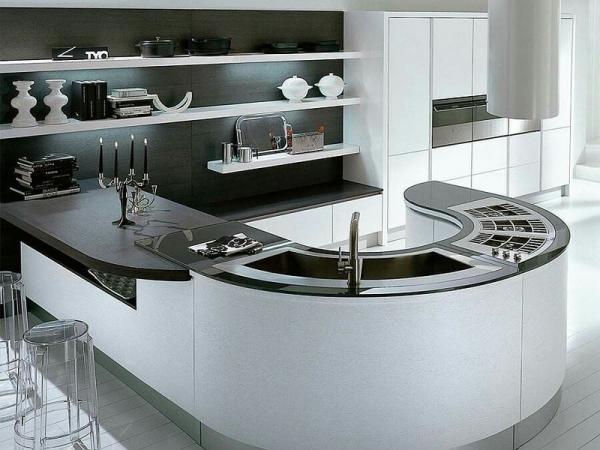
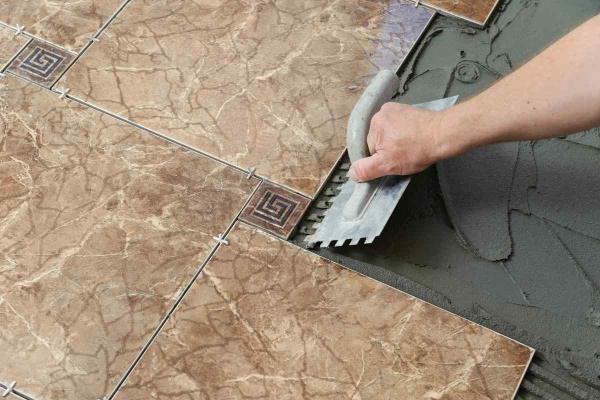
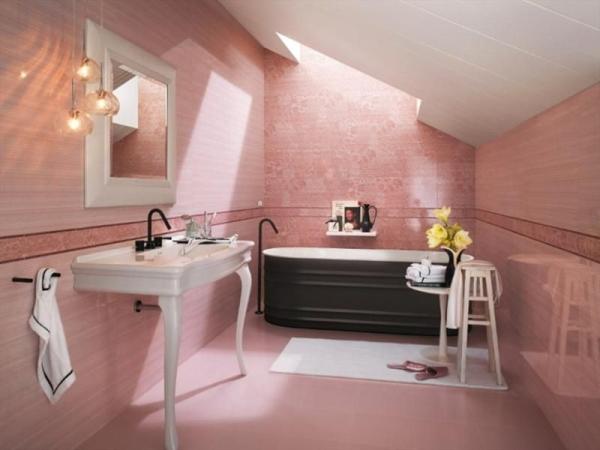
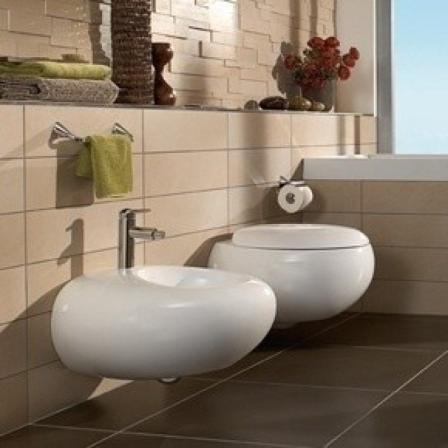

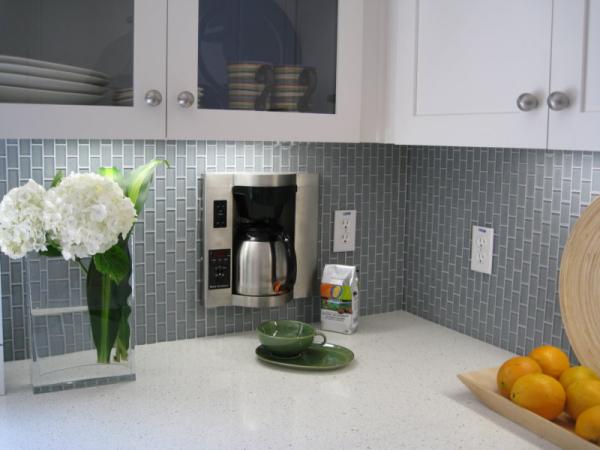
Your comment submitted.